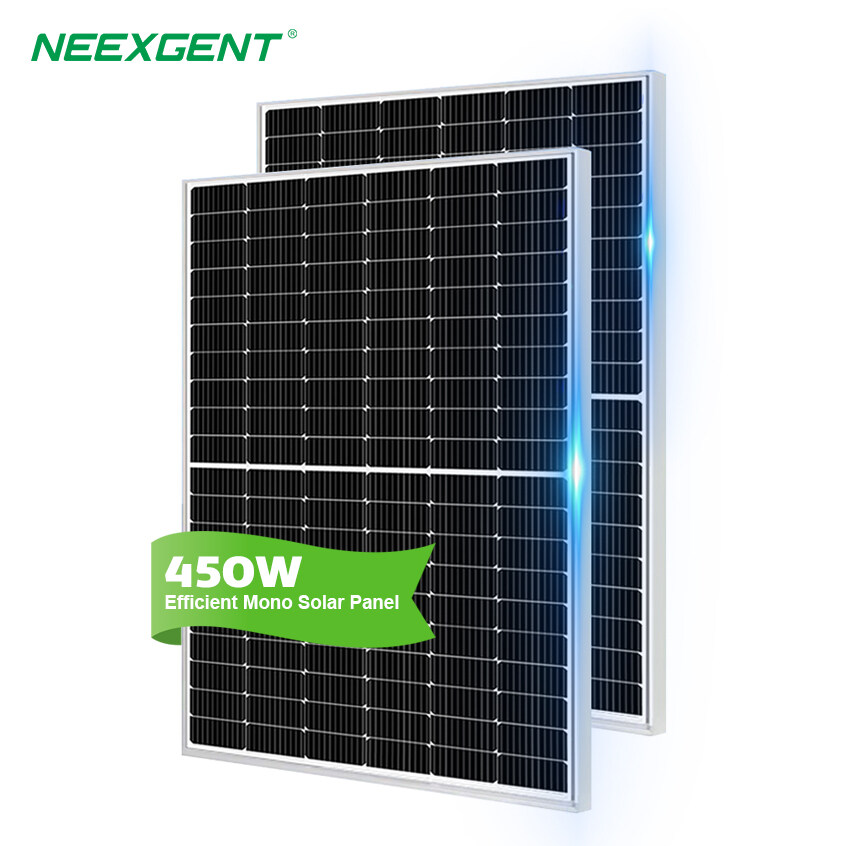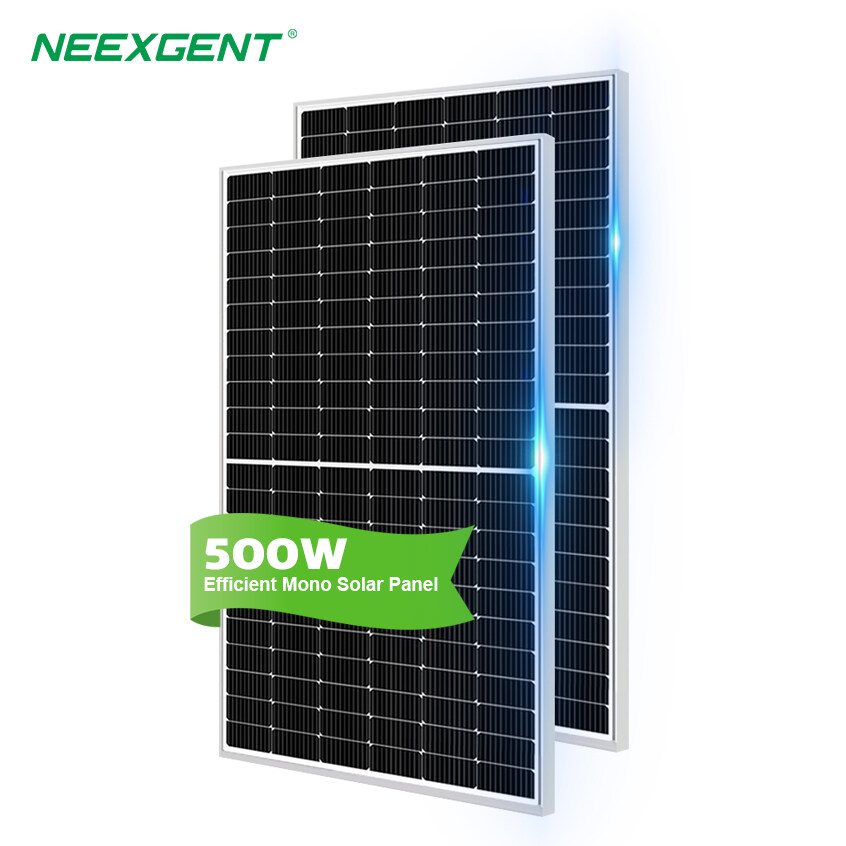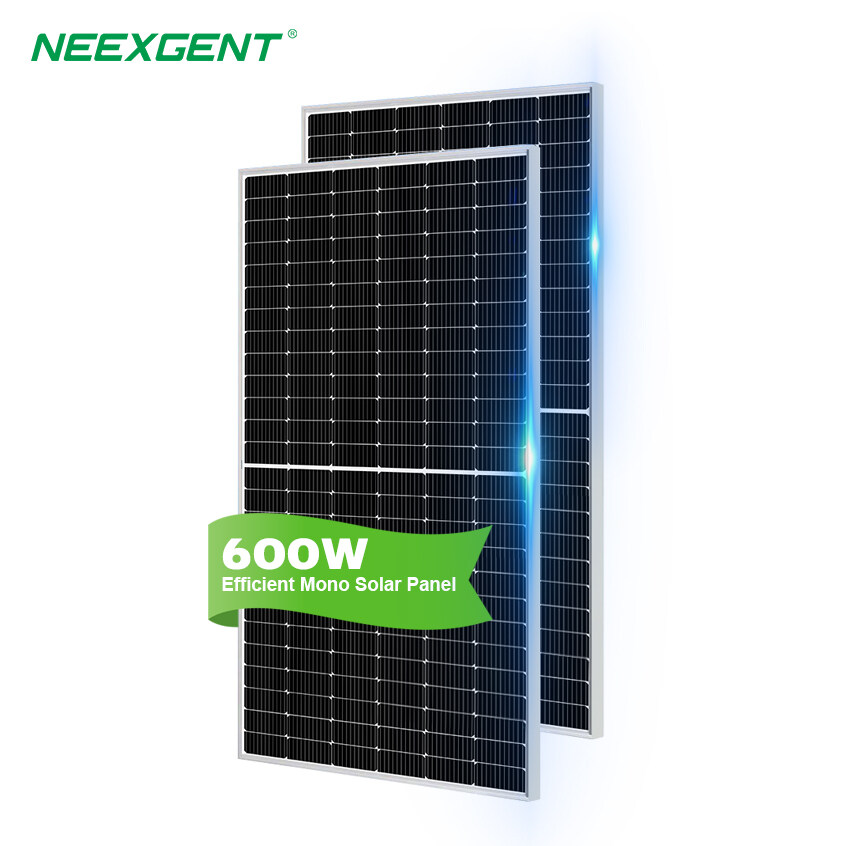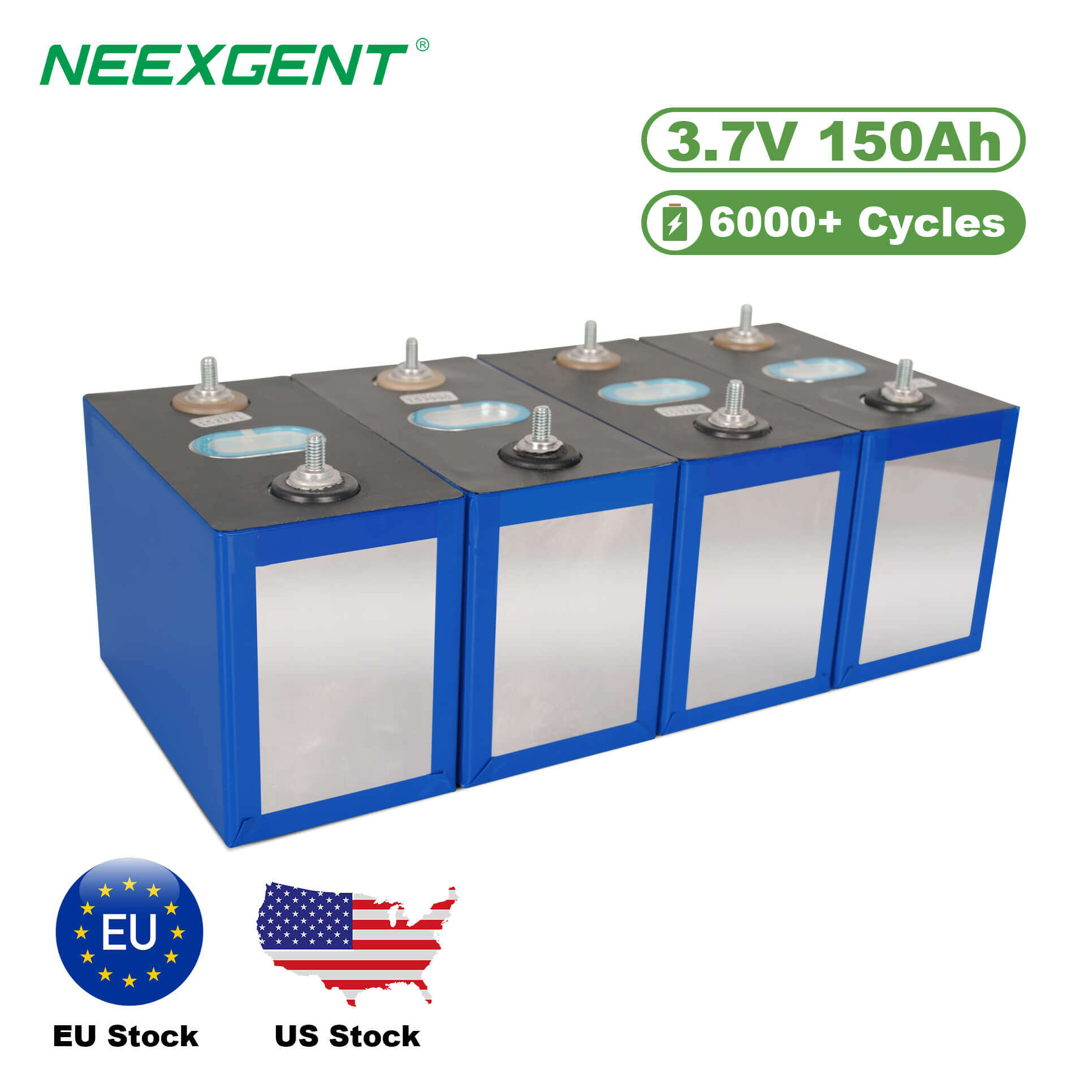Solar energy, as a form of renewable energy, is growing rapidly. With advancements in technology, an increasing number of solar panels are entering the market, and those with higher efficiency are particularly noteworthy. This article will explore the most efficient solar panel technologies available today, evaluate their performance, discuss their pros and cons, and present relevant data and charts.

1. Solar Panel Efficiency: Definition and Influencing Factors
Solar panel efficiency refers to the ability of a solar panel to convert sunlight into electricity. Simply put, the higher the efficiency, the more electrical power a panel can generate from a given amount of sunlight. Several factors influence solar panel efficiency, including:
-
Photovoltaic Materials: Different photovoltaic materials have different conversion efficiencies. Common materials include monocrystalline silicon, polycrystalline silicon, and thin-film technologies.
-
Light Intensity: The performance of solar panels is closely linked to the intensity of sunlight, which varies depending on time of day and season.
-
Temperature: High temperatures can negatively affect solar panel efficiency, especially for traditional silicon-based panels.
2. The Most Efficient Solar Panels on the Market
With the latest technological advancements, the following solar panel technologies currently lead the market in terms of efficiency:
-
Monocrystalline Solar Panels: Monocrystalline panels are among the most common types on the market, with conversion efficiencies typically ranging from 18% to 22%. High-end monocrystalline panels can reach efficiencies of over 24%, making them suitable for areas with limited space.
-
Bifacial Solar Panels: Bifacial panels can capture sunlight from both the front and rear sides, utilizing reflected light to enhance overall efficiency. Bifacial solar panels generally offer efficiencies between 22% and 25%.
-
Perovskite Solar Panels: Perovskite materials have emerged as a promising new photovoltaic material, demonstrating high photovoltaic conversion efficiency. Although commercial applications are still in the development phase, lab-scale perovskite solar panels have achieved efficiencies of up to 27%, and they are expected to become a high-efficiency alternative in the future.
-
Heterojunction Solar Panels (HJT): Heterojunction solar panels combine different materials to optimize light absorption and reduce energy loss. These panels can achieve efficiency rates of around 23% to 26%, making them one of the most efficient options available.
3. Efficiency Comparison Table
Here is a comparison table summarizing the efficiency of various solar panel types:
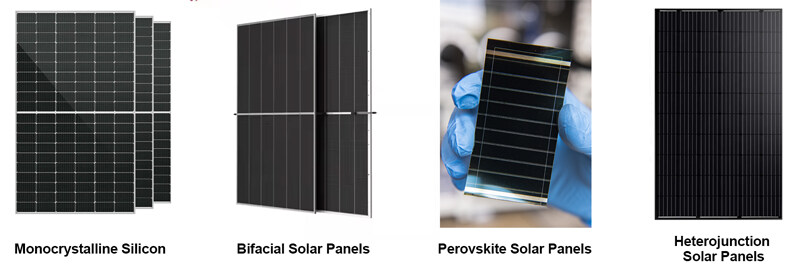
|
Solar Panel Type
|
Efficiency Range
|
Average Cost per Watt
|
Key Advantages
|
Key Disadvantages
|
|
Monocrystalline Silicon
|
18% - 24%
|
High
|
Long lifespan, high efficiency, space-efficient
|
Higher cost than polycrystalline
|
|
Bifacial Solar Panels
|
22% - 25%
|
High
|
Increased energy production from rear side
|
Requires optimal installation environment
|
|
Perovskite Solar Panels
|
Up to 27%
|
Moderate
|
High efficiency potential, cheaper production cost
|
Still in development, long-term stability issues
|
|
Heterojunction Solar Panels
|
23% - 26%
|
High
|
High efficiency, reduced energy loss
|
Expensive production process
|
4. Conclusion: Choosing the Best Solar Panels for Your Needs
Choosing the right solar panel depends on several factors, including efficiency, cost, and installation space. Monocrystalline panels are widely used due to their high efficiency and longevity, making them a solid choice for most residential and commercial installations. Bifacial panels are ideal in locations where reflected light is abundant, while perovskite and heterojunction panels hold great promise for the future, but they are still in the development phase for widespread commercial use.
Graphing Solar Panel Performance
To offer a clearer understanding of solar panel efficiency trends, we have created a more detailed line chart that visually represents the efficiency range of various solar panel technologies. This chart compares the typical efficiency levels of different types of solar panels, allowing consumers and industry professionals to make more informed decisions.
The chart includes both the maximum efficiency and the range of efficiencies for each panel type. The following are the key technologies covered:
-
Monocrystalline Silicon: Known for high efficiency, with typical maximum values around 24%.
-
Polycrystalline Silicon: While generally less efficient, polycrystalline panels have a lower production cost, with typical efficiency values between 15% and 18%.
-
Bifacial Panels: These panels can harness light from both the front and rear, making them more efficient, with a typical efficiency range between 22% and 25%.
-
Perovskite Panels: A newer technology that shows great promise with lab efficiencies up to 27%, but practical application is still developing.
-
Heterojunction (HJT) Panels: These panels combine different materials to enhance performance and achieve efficiencies in the 23% to 26% range.
Final Thoughts
As solar technology continues to evolve, we can expect even higher efficiencies and more affordable solutions. While monocrystalline panels remain the top choice for many, new innovations like bifacial, perovskite, and heterojunction solar panels are expected to reshape the future of solar energy, offering higher performance and efficiency.

